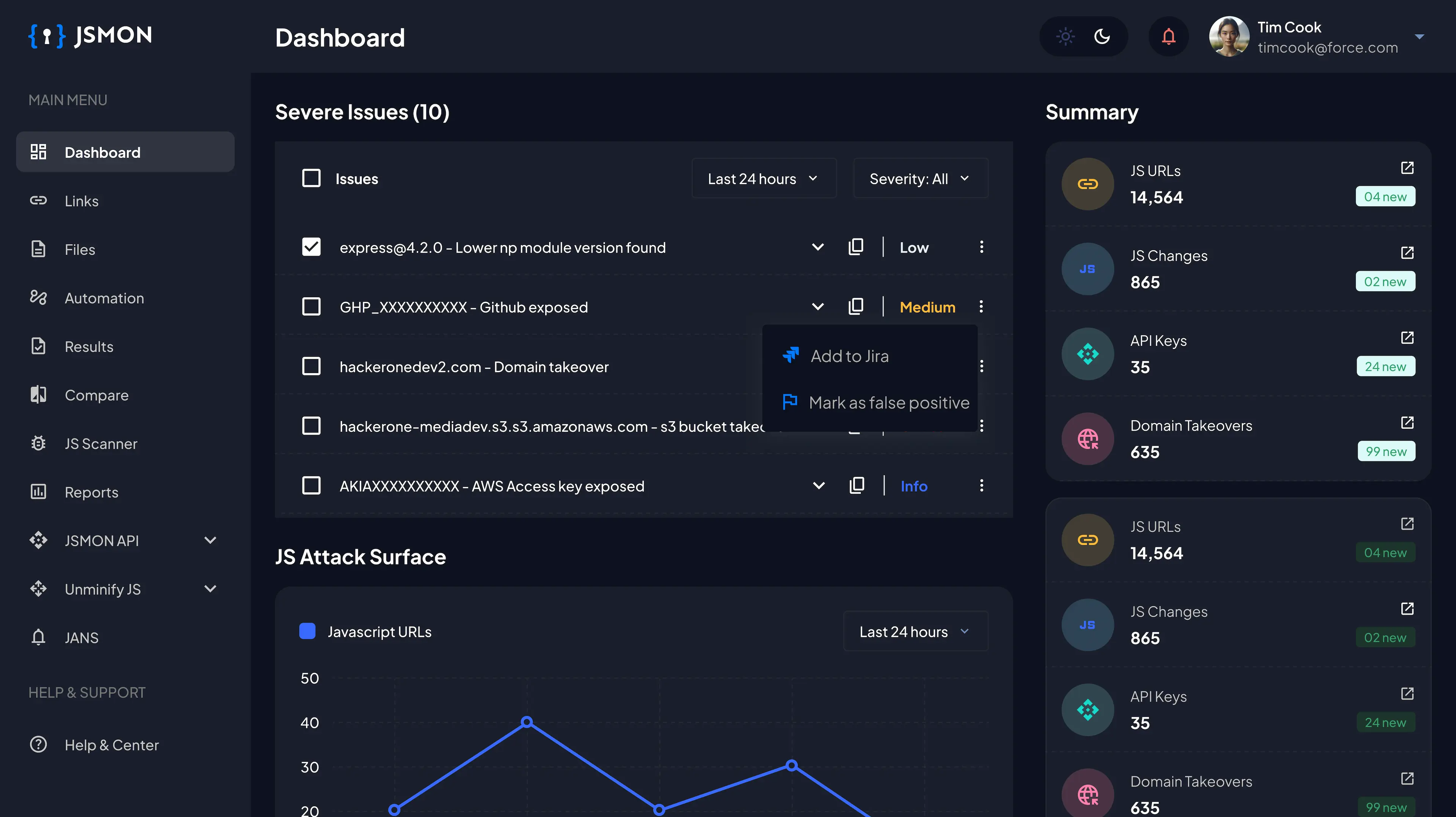What is Second Order Domain Takeover and how to find it?

In the evolving world of web security, second-order domain takeover is a lesser-known yet critical vulnerability that many organizations overlook. While subdomain takeover is now widely discussed, second-order domain takeover targets a different attack surface—forgotten or unmonitored domains that are still referenced in live JavaScript files.
What is Second-Order Domain Takeover?
Second-order domain takeover refers to a vulnerability that arises when a fully qualified domain name (FQDN) is referenced in live application code—typically in JavaScript—but is no longer owned by the organization.
An attacker who identifies such a domain can:
- Register (or "take over") that domain
- Mimic the original service or create malicious redirects
- Exploit trust relationships between the app and the now-external domain
Why is it Called "Second-Order"?
The term "second-order" comes from the indirect nature of the impact:
- Unlike subdomain takeover (which affects a live subdomain directly via DNS or CNAME misconfigurations),
- A second-order takeover occurs after the domain is forgotten but still referenced somewhere, typically in a non-critical but trusted location like a JavaScript file, OAuth config, or redirect URL.
In short, the asset is not active anymore, but its references live on—making it a ticking time bomb.
Where to Look for Expired Domains?
You can look in HTML responses, DNS records of subdomains, CSV or JSON files but the best place to find second-order domain takeover candidates is inside JavaScript files.
Why? Because JS files often contain hardcoded third-party services, trackers, and legacy integrations
Step-by-Step: How to Hunt for Second-Order Domain Takeovers?
Here’s a workflow you can follow to discover expired domains inside JavaScript:
Step 1: Collect JavaScript URLs
First, collect all JavaScript URLs related to the target using tools like gau, katana, burpsuite proxy, etc.
Step 2: Download All JavaScript Files
Use fff to fetch all JavaScript files.
cat jsurls.txt | fff -S

This will save all JS files into an out/ directory.
Step 3: Extract All Domains from JavaScript
Recursively grep all JS files for domain patterns using regex.
grep -Eohr '(https?:\\/\\/[a-zA-Z0-9.-]+\\.[a-zA-Z]{2,})' out/ | rev | cut -d'.' -f1,2 | rev | sed 's|^https://||' | sed 's|^http://||' | sort -u

Now you have a list of every domain referenced in the target's JavaScript files.
Step 4: Check for Expired or Unregistered Domains
cat domains.txt | xargs -I {} sh -c 'whois {} 2>&1 | grep -iq "no match\\|connection refused" && echo {}'

Step 5: Register the Domain
You can use Gandi.net to purchase the domain.
Step 6: Host a Server and Capture Traffic
Once you own the domain:
- Set up a web server (e.g., Nginx, Express.js)
- Watch for inbound traffic
- Inject controlled scripts or redirects if appropriate
Real-World Impacts
- Credential Theft: Fake login via OAuth or SSO
- Session Hijacking: If cookies or tokens are sent
- Malicious JS Injection: Via trusted
<script>references - Phishing: Redirection to fake login pages
- Analytics/Data Leaks: Users unknowingly sending data
💡 Tired of doing this manually?

You can automate the entire workflow—from JavaScript extraction to second-order domain takeover detection—using jsmon.sh.
Let your recon run on autopilot while you focus on exploitation.
👉 Try jsmon.sh now and catch what others miss.
Happy Hacking !

Member discussion